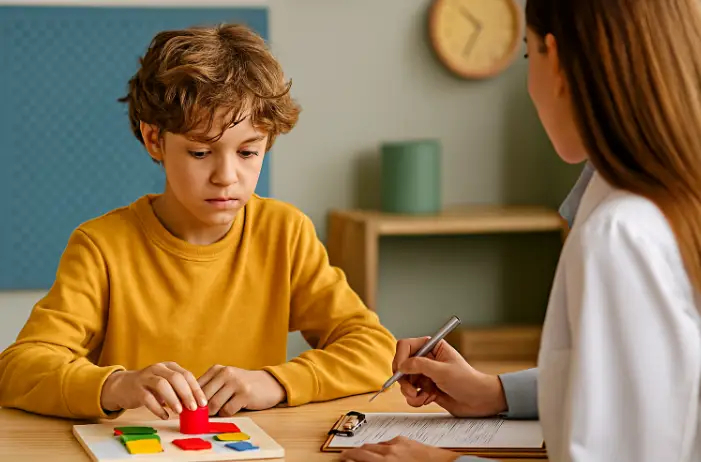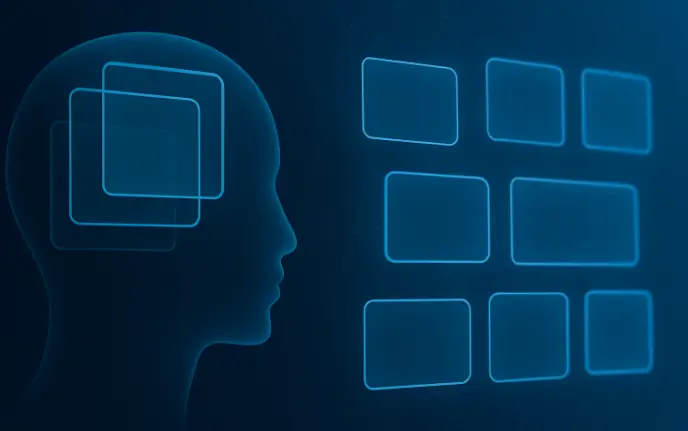
Google depicts Google Classroom as “mission control for your homeroom,” which may be the most straightforward method for mulling over everything. A stage integrates Google’s Workspace apparatuses (previously known as G Suite) for educators and understudies. It likewise goes about as an advanced coordinator where educators can keep class materials and offer them to understudies – – all paperless-ly. From that point, you can single out the elements you need to consolidate. This adaptability and consistent incorporation with Google’s famous instruments have made Google Classroom one of the most broadly utilized ed-tech apparatuses today.
Is Google Classroom an LMS?
Actually, no. Google Classroom is anything but an independent learning the board framework (LMS), course the executive’s framework (CMS), or understudy data framework (SIS). Google consistently adds new capacities to Google Classroom. As of April 2021, Google Classroom can match information with the Skyward 2.0 and Infinite Campus understudy data frameworks. As per Google, more SIS reconciliations are being steered or developed. As Google keeps adding highlights, it might look and capacity more like an LMS. However, for the present, it’s ideal to consider the apparatus an all-inclusive resource for class association.
Anybody! Google Classroom is incorporated as a free assistance for anybody with an individual Google account. It’s likewise free for associations involving Google Workspace for Education or Google Workspace for not-for-profits. By and large, educators and understudies can get to Google Classroom using their school’s Google account. While educators and understudies in schools are the essential clients of Google Classroom, there are additional includes that executives, families, clubs, after-school projects, and self-taught students can utilize.
How do educators utilize Google Classroom?
Teachers utilize its highlights in various ways since it’s a genuinely adaptable stage. With Google Classroom, educators can:
Smooth out how they oversee classes. The stage coordinates with Google’s different instruments like Docs, Drive, Forms, Meet, and Calendar, so there are many underlying “easy routes” for study hall the board undertakings. For instance, assuming you post a task with a due date, it’s naturally added to your understudies’ class schedule so that they might see it.
Carefully put together, appropriate, and gather tasks, course materials (think: recordings, sites, PDFs, and that’s only the tip of the iceberg), and understudy work. Educators can present a task in numerous classes or adjust and reuse functions yearly. Assuming your understudies have regular admittance to gadgets, Google Classroom can assist you with keeping away from specific excursions to the scanner and cut down on a portion of the paper rearranging that accompanies instructing and learning.
Speak with understudies about their classwork. You can utilize the stage to post declarations and updates about tasks, and it’s easy to see who has not finished their work. Likewise, You can check in with individual understudies secretly, answer their inquiries, and provide proposition support. Give understudies opportune criticism on their tasks and evaluations. Inside Google Classroom, it’s feasible to utilize Google Forms to make and share tests naturally evaluated as understudies turn them in. You’ll invest less energy reviewing, yet your understudies will also get moment criticism on their work. Instructors can see individual and class information inside Forms or a consequently produced Google Sheet.
Could instructors at any point involve Google Classroom for evaluations and reviewing?
Indeed. Google Classroom can assist educators with smoothing out summative and developmental evaluations. For instance, you can utilize the stage to rapidly make, convey, and gather advanced leave tickets or auto-reviewed evaluations. Likewise, Instructors can suggest conversation starters for speedy knowledge of what understudies are thinking.
With these equivalent apparatuses, instructors can make summative evaluations similar to unit tests. These tests can incorporate conventional inquiry types like various decisions, short or section replies, and checkboxes, and that’s only the tip of the iceberg. There likewise are possibilities for understudies to transfer documents (like films or photographs) while answering an inquiry or brief, permitting understudies to share their insight in an assortment of ways. There are a lot of other developmental and summative appraisal apparatuses out there, large numbers of which presently offer Google Classroom coordination.
Ongoing updates to Google Classroom have included highlights for evaluating and rubrics. Instructors can dole out focuses to various tasks or give different sorts of functions (articles, classwork, schoolwork, and so on) multiple loads. You can make rubrics right in Google Classroom, and understudies can see these as they work. Turned-in work can be reviewed utilizing the title, and the score will be determined. Observe, notwithstanding, that it is preposterous to expect to use guidelines-based grades (essentially not yet).
Do instructors utilize Google Classroom to show live, as with Zoom?
A few instructors use Google Meet as a videoconferencing arrangement (rather than Zoom or another comparable apparatus). Google Classroom coordinates with Google Meet, and instructors can set up video gatherings inside Google Classroom for live or “simultaneous” guidance. Of course, understudies can only start a conference after the instructor or rejoin the group assuming that the educator is the last individual to leave. Meet recordings made from inside Google Classroom are just open from school-oversaw Google Workspace for Education accounts.
Notwithstanding live-video abilities, the keep highlight in Google Meet gives instructors a simple apparatus for making prerecorded video illustrations for offbeat realization, where understudies could watch individually. The Google for Education Teacher Center has supportive video instructional exercises about Google Meet to assist educators with the beginning.
The essential arrangement process for Google Classroom is natural, in any event, for first-time clients. The Google for Education Teacher Center offers a few instructional exercises for beginning – – this is your most innovative option assuming you’re searching for the most exceptional recordings and data. There are likewise a lot of DIY instructional exercises on YouTube posted by educators and tech-joining subject matter experts. Large numbers of these educator-made recordings incorporate pragmatic tips and deception they’ve gained from involving the stage in their homerooms.













